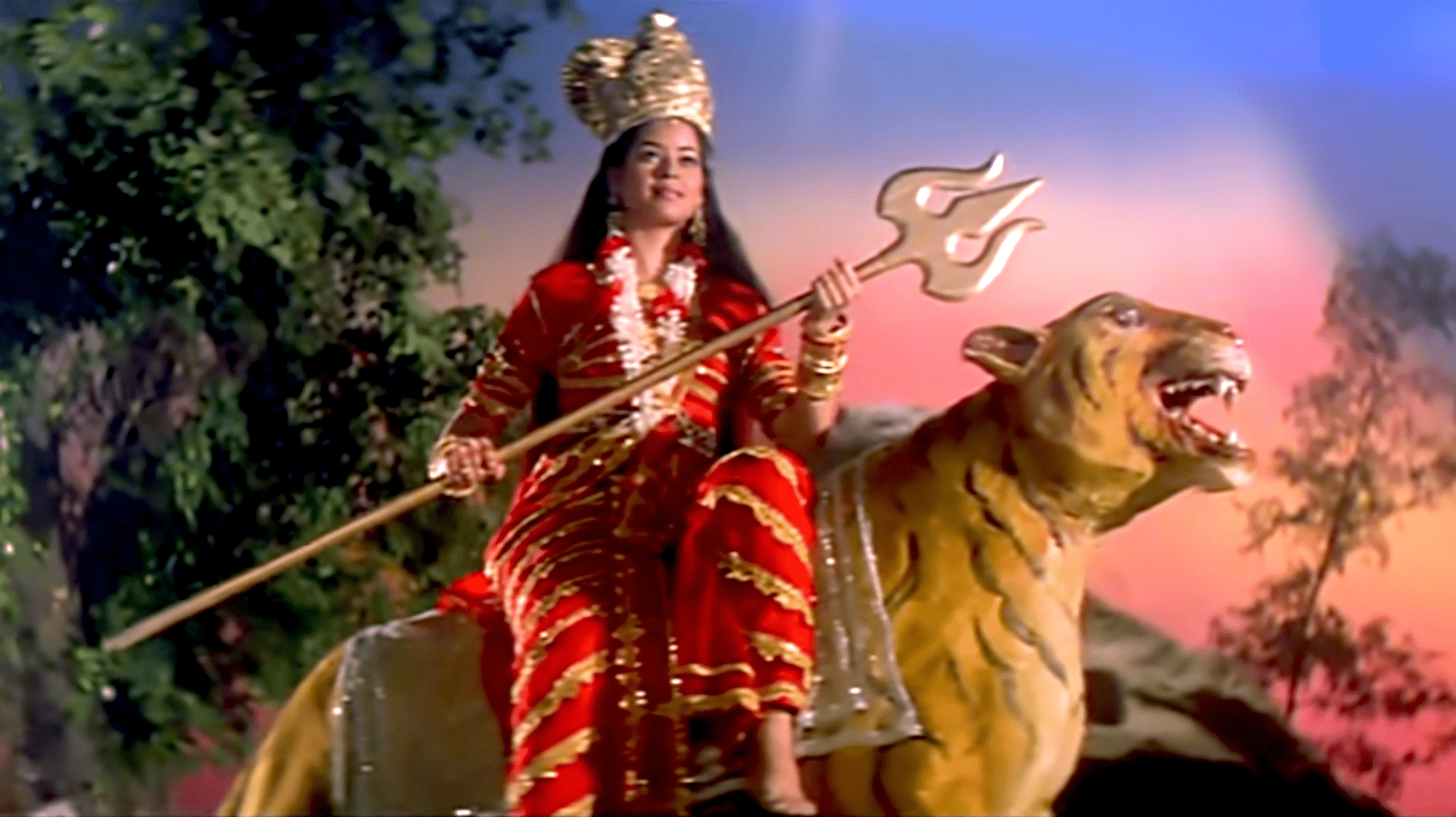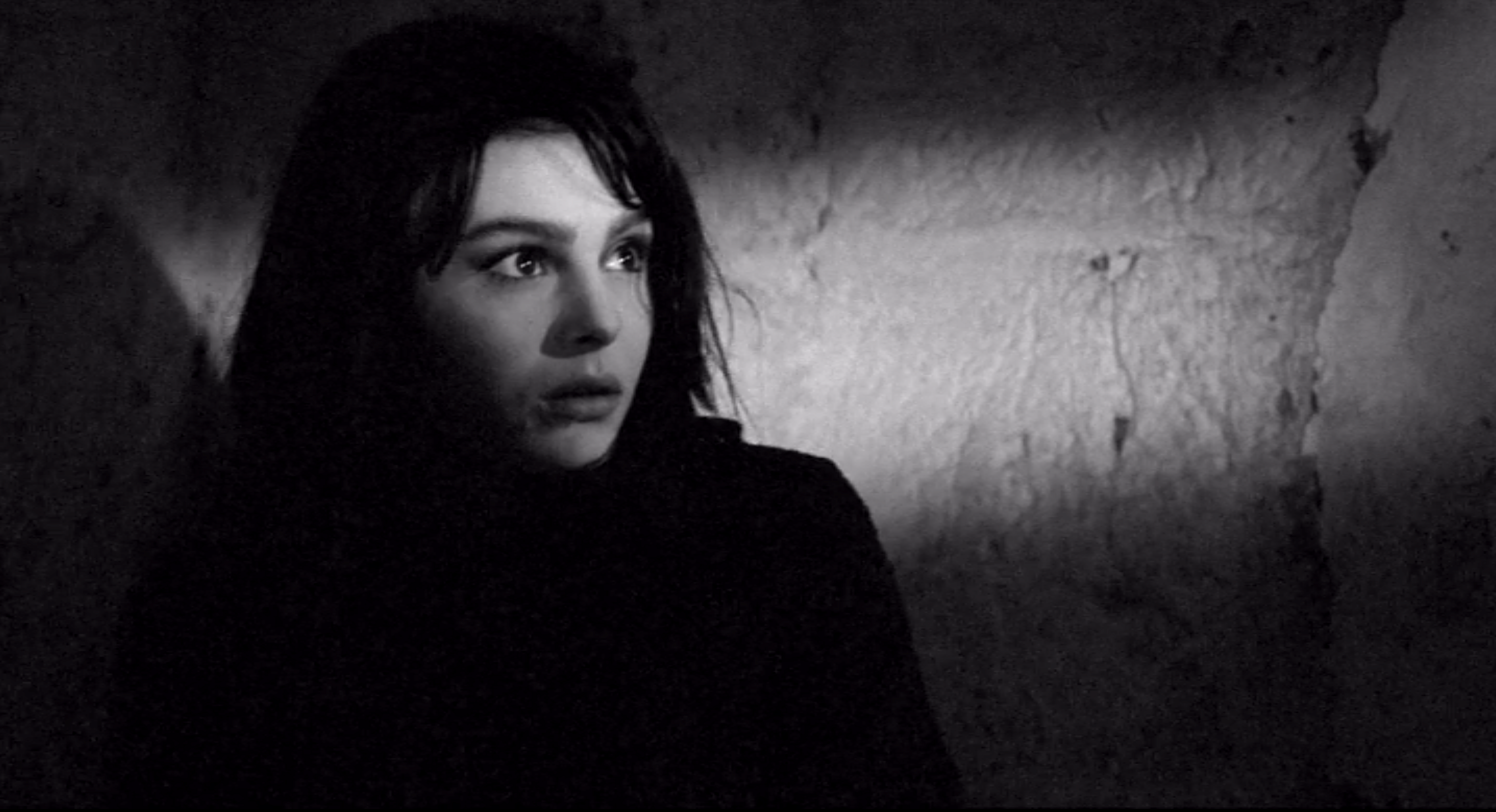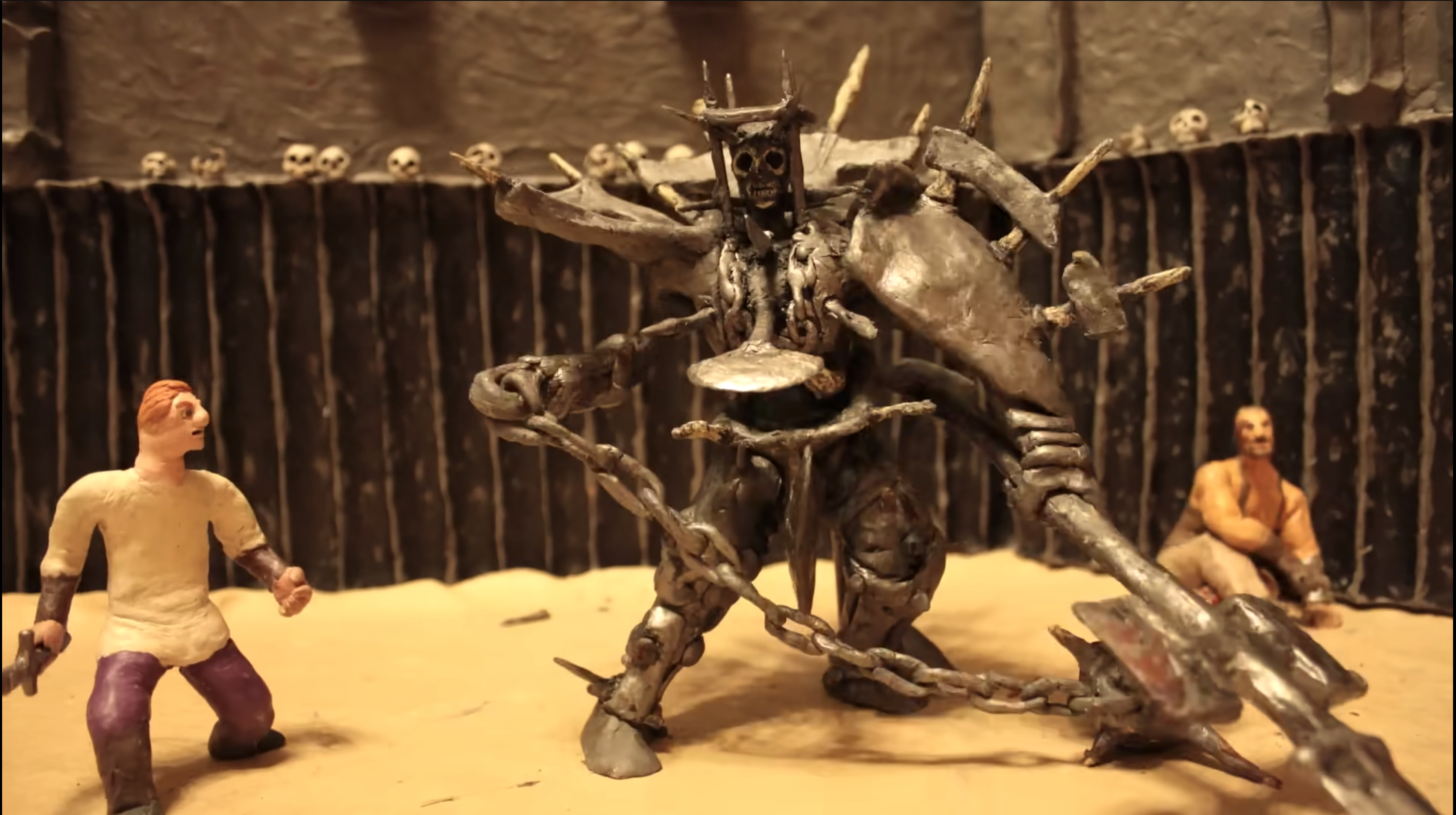
In 1936 Charlie Chaplin released his silent film Modern Times, a treatise on humanity’s uneasy relationship to the industrial revolution and the ascendency of capitalism. Early on in the film, we see our familiar hero, the mustachioed tramp, hard at work in a huge oppressive factory. He races around trying to keep up with the inhuman pace of mechanized production and he is steadily losing ground. The mind-numbing repetition of the assembly line has gone to his head and the gesture of tightening two bolts with two wrenches has overwhelmed his will and turned him into a mindless automaton.
He stumbles around repeating the tightening gesture until an attractive young woman walks by with buttons on the back of her skirt that look awfully similar to the little black bolts he has been tightening on the line. He frantically pursues the poor woman trying to get his wrench on her buttons. It’s a clever and funny joke but it is a set up for the real punch line. Charlie runs after the girl until they are both outside the factory. The woman runs off and Charlie starts maniacally tightening the bolts on a fire hydrant. Then the camera cuts to the punchline. In the distance we see another woman walking up the street. This time she is not a pretty young ingénue, she is a formidable older woman. She has a big thick neck, big shoulders, and a very big bosom.
She approaches in what is closer to a determined march than a walk. As she comes into closer view we gasp with alarm when we notice two black hexagonal buttons that are placed right over her nipples. The sense of impending doom is delicious. It’s so uncomfortable it tickles. It doesn’t really matter what comes next, the peak of the joke has been reached.

It's a purely visual moment that could only be conveyed through the relatively new medium of cinema. Chaplin had been honing his craft for 22 years by the time he made Modern Times. He and Buster Keaton were busily creating the concepts of American cinema.
Beyond the scene’s humor there hides a whole thesis worth of content. Henry Ford had only recently invented the assembly line. Inspired by the disassembly lines that he had seen in the Chicago stockyards, Ford realized that he could eliminate the need for highly paid, skilled workers and hire lay people to execute repetitive actions as if they were a cog in a machine. This would be cheaper and also faster. This of course, in Marxist terms, only further alienated the workers from their own labor and the means of production.
In many ways, Chaplin’s antics in the factory are like a Marxist court jester. He both undermines authority while at the same time being victimized by it. He attacks the poor woman because his body is no longer his own. It is enslaved to the machinery of “modern times,” but he also revels in his transgression and uses it as an excuse to be bawdy. He appears to be hapless and clumsy but he often gets the better of whatever situation he finds himself in. He is a multifaceted figure of despair, hope, and humor.

If you enjoyed this article click here for more
www.filmofileshideout.com/archives/lichtenstein-camus-at-the-movies-volume-12



